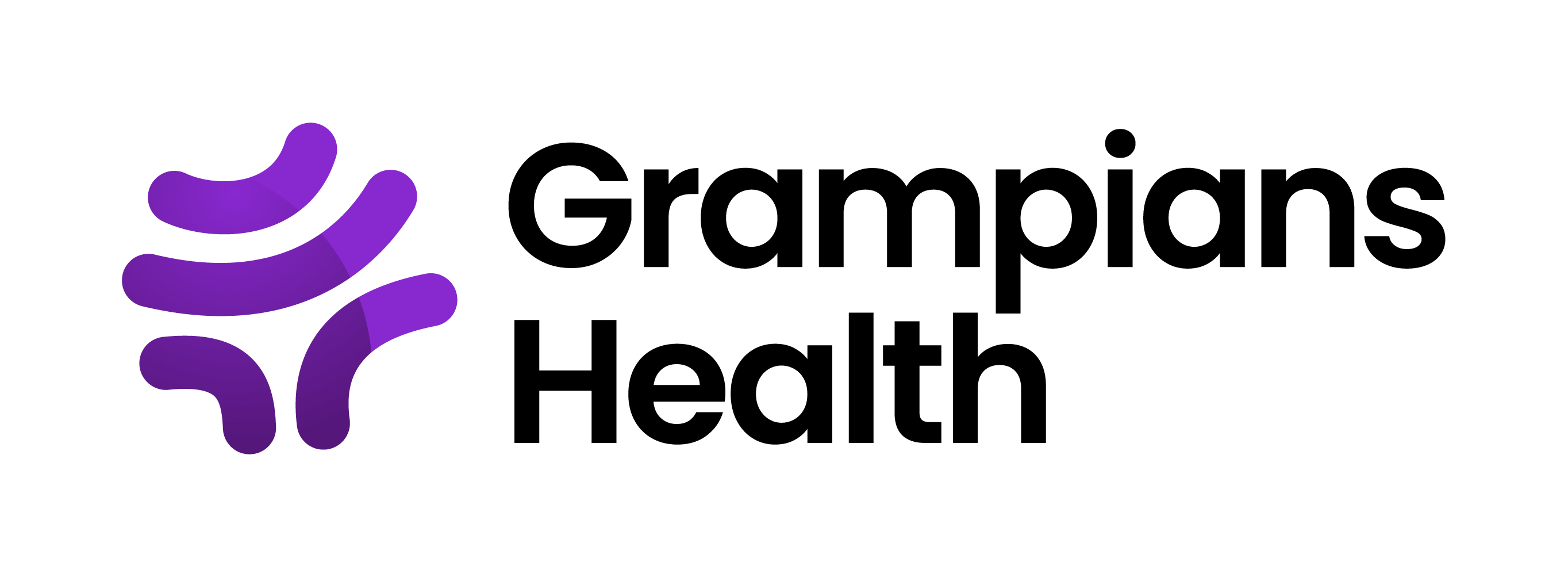Please use this identifier to cite or link to this item:
http://hdl.handle.net/11054/1343Full metadata record
| DC Field | Value | Language |
|---|---|---|
| dc.contributor | Bagot, K. | en_US |
| dc.contributor | Cadilhac, D. | en_US |
| dc.contributor | Bernard, S. | en_US |
| dc.contributor | Kim, J. | en_US |
| dc.contributor | Coupland, T. | en_US |
| dc.contributor | Pearce, W. | en_US |
| dc.contributor | Putland, M. | en_US |
| dc.contributor | Budge, M. | en_US |
| dc.contributor | Naduratu, V. | en_US |
| dc.contributor | Pearce, Debra | en_US |
| dc.contributor | Hall, H. | en_US |
| dc.contributor | Hocking, G. | en_US |
| dc.contributor | Kelly, Ben | en_US |
| dc.contributor | Spencer, Angie | en_US |
| dc.contributor | Chapman, Pauline | en_US |
| dc.contributor | Oqueli, Ernesto | en_US |
| dc.contributor | Sahathevan, Ramesh | en_US |
| dc.contributor | Kraemer, Thomas | en_US |
| dc.contributor | Stub, Dion | en_US |
| dc.contributor | Bladin, C. | en_US |
| dc.date.accessioned | 2019-04-05T01:44:32Z | - |
| dc.date.available | 2019-04-05T01:44:32Z | - |
| dc.date.issued | 2019 | - |
| dc.identifier.govdoc | 01334 | en_US |
| dc.identifier.uri | http://hdl.handle.net/11054/1343 | - |
| dc.description.abstract | Delivery of time-critical stroke care requires rapid assessment, diagnosis and treatment, involving multiple clinicians. However, disparate communication systems exist between in-field paramedics and hospital clinicians, with variation for in and out of hours presentations. Repetition of patient information and fragmented systems may contribute to delayed processes. Aim: To determine if smartphone communication technology can improve clinical care timelines for patients with suspected acute stroke in and out of hours. Methods: A 12 month pre-post historical-control design was used. The PulsaraTM Stop Stroke/STEMI smartphone and tablet app (Pulsara) was implemented in 25 Ambulance Victoria branches and 2 hospitals in rural Victoria, Australia, during 2016/2017. Pulsara provides secure, simultaneous, two-way, real-time communication. Eligible patients had suspected acute stroke as assessed by paramedics or hospital clinicians. Analyses compare timelines (median minutes) for when Pulsara is (Pulsara+), or is not (Pulsara-), used by clinicians in hours (08:00-17:00; IH) and out of hours (17:01-07:59; OH). Results: Pulsara was used in 80% (210/265) of cases. Using Pulsara, patients are off-ambulance stretcher 5 minutes faster (10 minutes Pulsara+ vs 15 minutes Pulsara- ; p=0.23), and depart hospital 4 minutes faster (11 minutes Pulsara+ vs 15 minutes Pulsara- ; p=0.02). The time to first medical review is similar IH (7 minutes), but 7 minutes faster OH (7 minutes Pulsara+ vs 14 minutes Pulsara-; p=.03). Time to CT scan is 40 minutes faster IH (27 minutes Pulsara+ vs 67 minutes Pulsara- ; p=.02), and 29 minutes faster OH (29 minutes Pulsara+ vs 58 minutes Pulsara- ; p=.0001). Pulsara was used on all cases receiving thrombolysis. Compared to the pre-Pulsara period, when Pulsara was used the proportion treated within 60 minutes increased from 9% (1/11) to 23% (3/13) during in hours, and from 13% (2/15) to 26% (7/27) out of hours. Conclusion: The use of Pulsara improved hospital metrics and care timelines for treatment of patients with suspected stroke. There is a two-fold increase of patients treated within 60 minutes in hours, and also out of hours (when staffing levels are less). Pulsara has significantly improved stroke care in these two rural hospitals. | en_US |
| dc.description.provenance | Submitted by Gemma Siemensma (gemmas@bhs.org.au) on 2019-04-02T04:11:51Z No. of bitstreams: 0 | en |
| dc.description.provenance | Approved for entry into archive by Gemma Siemensma (gemmas@bhs.org.au) on 2019-04-05T01:44:32Z (GMT) No. of bitstreams: 0 | en |
| dc.description.provenance | Made available in DSpace on 2019-04-05T01:44:32Z (GMT). No. of bitstreams: 0 Previous issue date: 2019 | en |
| dc.title | Improving treatment within the golden hour in and out of hours with a multi-disciplinary pre-hospital, within-hospital communication system. | en_US |
| dc.type | Conference | en_US |
| dc.type.specified | Poster | en_US |
| dc.bibliographicCitation.conferencedate | February 6-8 | en_US |
| dc.bibliographicCitation.conferencename | International Stroke Conference | en_US |
| dc.bibliographicCitation.conferenceplace | Hawaii, USA | en_US |
| dc.subject.healththesaurus | SMARTPHONE COMMUNICATION TECHNOLOGY | en_US |
| dc.subject.healththesaurus | PULSARA APP | en_US |
| dc.subject.healththesaurus | IMPROVED CARE TIME LINES | en_US |
| dc.subject.healththesaurus | STROKE CARE | en_US |
| Appears in Collections: | Research Output | |
Files in This Item:
There are no files associated with this item.
Items in DSpace are protected by copyright, with all rights reserved, unless otherwise indicated.
